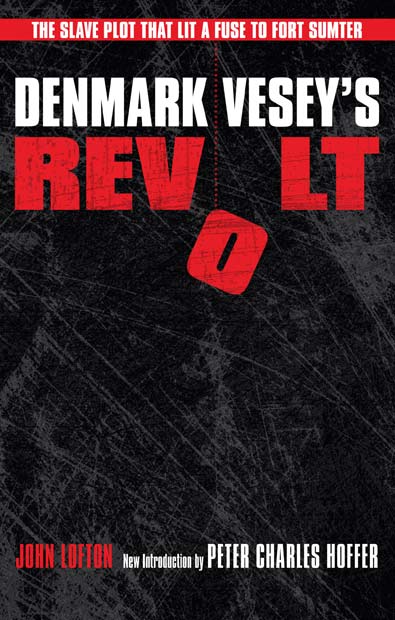Denmark Vesey’s Revolt
The Slave Plot That Lit a Fuse to Fort Sumter
American Abolitionism and Antislavery, Discover Black History, HistoryJohn Lofton and Peter Charles Hoffer
“Easily the most definitive account in print of a single slave plot. But it is more than that. It is an excellent social history of South Carolina in the early nineteenth century and a most revealing analysis of the political and economic system that created the turbulent world of Denmark Vesey.” —John Hope Franklin
In 1822, Denmark Vesey was found guilty of plotting an insurrection—what would have been the biggest slave uprising in U.S. history. A free man of color, he was hanged along with 34 other African Americans in Charleston, South Carolina, in what historians agree was probably the largest civil execution in U.S. history. At the time of Vesey’s conviction, Charleston was America’s chief slave port and one of its most racially tense cities. Whites were outnumbered by slaves three to one, and they were haunted by memories of the 1791 slave rebellion in Haiti.
In Denmark Vesey’s Revolt, John Lofton draws upon primary sources to examine the trial and provide, as Peter Hoffer says in his new introduction, “one of the most sensible and measured” accounts of the subject. This classic book was originally published in 1964 as Insurrection in South Carolina: The Turbulent World of Denmark Vesey, and then reissued by the Kent State University Press in 1983 as Denmark Vesey’s Revolt: The Slave Plot That Lit a Fuse to Fort Sumter.
“. . . an exciting account of an almost forgotten chapter in American history.” —The New York Times





